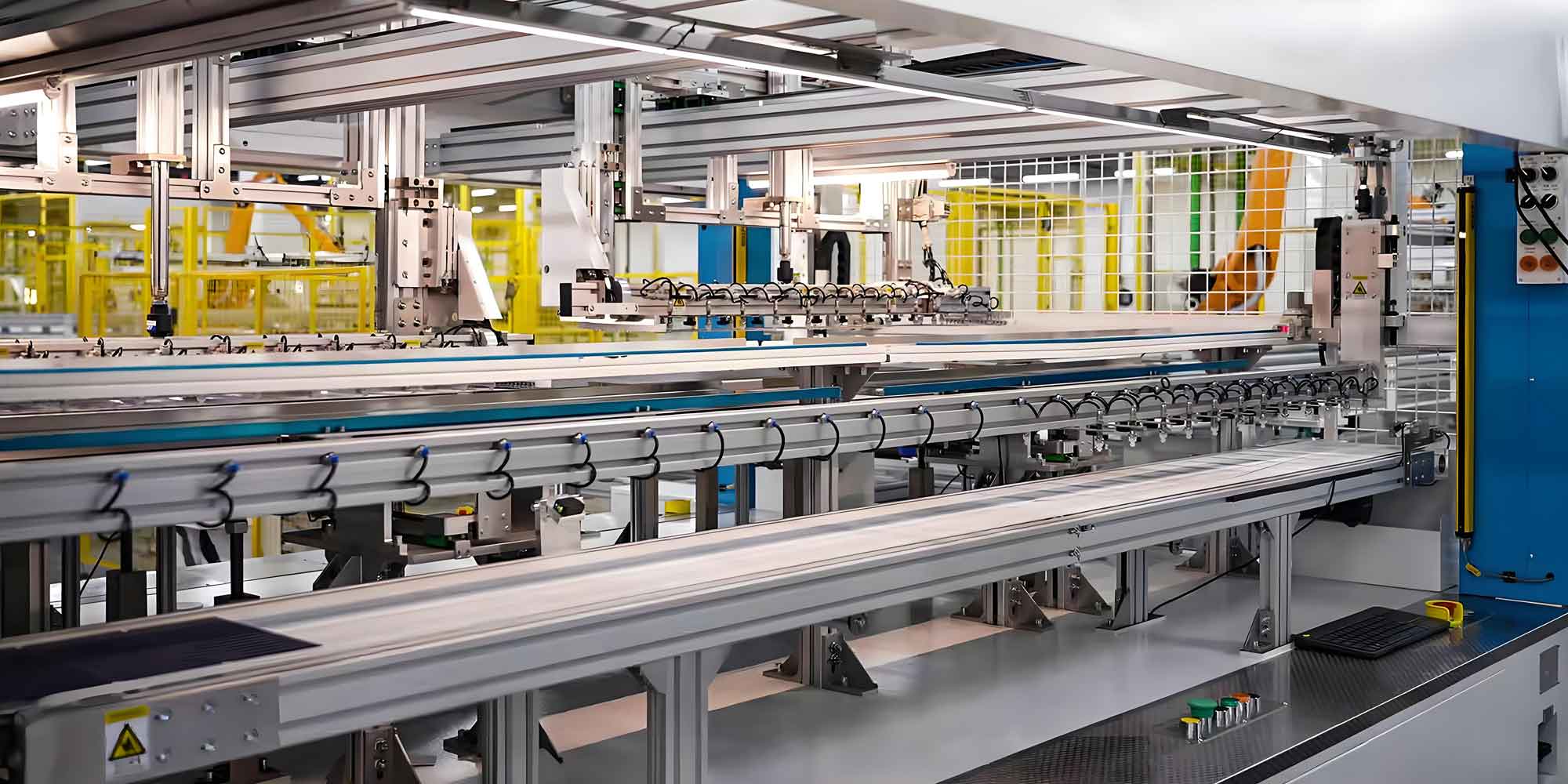1. Introduction
The rapid development of aquaculture has highlighted critical challenges, including low automation levels and high energy consumption in aeration equipment. Traditional grid-dependent systems exacerbate energy shortages and environmental pollution. This study proposes a solar-powered intelligent aeration system that integrates renewable energy with smart control to enhance efficiency and sustainability. Central to this system is the solar inverter, which converts photovoltaic (PV) energy into usable AC power for aeration devices. By leveraging maximum power point tracking (MPPT) algorithms and advanced control strategies, the system optimizes energy harvesting while ensuring reliable operation in remote aquaculture environments.

2. System Architecture and Key Components
The system comprises two subsystems: a solar power supply and a water quality monitoring network. The solar power subsystem includes PV panels, MPPT circuits, batteries, and a solar inverter, while the monitoring subsystem measures dissolved oxygen (DO), temperature, and other parameters to regulate aeration.
2.1 Solar Power Supply Subsystem
- PV Panels: Convert solar energy into DC electricity.
- MPPT Controller: Maximizes energy extraction using the incremental conductance method.
- Battery Bank: Stores surplus energy for use during low insolation.
- Solar Inverter: Converts DC power to AC for driving aeration equipment.
2.2 Water Quality Monitoring Subsystem
- DO and Temperature Sensors: Provide real-time data to the microcontroller.
- Microcontroller (ATmega128): Executes control algorithms to activate/deactivate aerators.
3. Mathematical Modeling and Design
3.1 PV Panel Characteristics
The output power of a solar cell is modeled as:I=Iph−I0[exp(q(V+IRs)AKT)−1]−V+IRsRshI=Iph−I0[exp(AKTq(V+IRs))−1]−RshV+IRs
where IphIph is photocurrent, I0I0 is reverse saturation current, RsRs and RshRsh are series/shunt resistances, and AA is the ideality factor.
3.2 MPPT Algorithm: Incremental Conductance Method
The MPPT controller adjusts the PV operating voltage to satisfy:dIdV=−IVdVdI=−VI
This ensures the system operates at the maximum power point (MPP) under varying environmental conditions.
3.3 Boost Converter Design
A Boost converter elevates PV voltage to match battery requirements. The duty cycle DD is:D=1−VinVoutD=1−VoutVin
Key parameters for the Boost circuit are summarized in Table 1.
Table 1: Boost Converter Parameters
| Parameter | Value |
|---|---|
| Input Voltage (VinVin) | 12 V |
| Output Voltage (VoutVout) | 24 V |
| Inductance (LL) | 500 µH |
| Capacitance (CC) | 2 mF |
| Switching Frequency | 10 kHz |
4. Solar Inverter Design and Control
The solar inverter is pivotal for converting stored DC energy into AC power. A two-stage topology (DC-DC boost + DC-AC inversion) ensures compatibility with 220 V/50 Hz aeration loads.
4.1 Push-Pull DC-DC Converter
The push-pull stage boosts battery voltage (24 V) to 360 V. The voltage gain is:Vout=2N⋅D⋅VinVout=2N⋅D⋅Vin
where NN is the transformer turns ratio and DD is the duty cycle.
4.2 Single-Phase Full-Bridge Inverter
The inverter employs sinusoidal pulse-width modulation (SPWM) to generate 50 Hz AC. The modulation index mama and carrier frequency fcfc are critical for harmonic suppression:ma=VmodVcarrier,fc=18 kHzma=VcarrierVmod,fc=18 kHz
An LC filter (L=1 mH,C=7.8μFL=1 mH,C=7.8μF) attenuates high-frequency harmonics.
Table 2: Inverter Design Parameters
| Parameter | Value |
|---|---|
| Input Voltage | 360 V DC |
| Output Voltage | 220 V AC |
| Switching Devices | MOSFET IRFP460 |
| Filter Cutoff Frequency | 1.8 kHz |
5. Battery Management System
A three-stage charging strategy (bulk, absorption, float) protects lead-acid batteries:
- Bulk Charging: Constant current until 80% state-of-charge (SOC).
- Absorption Charging: Constant voltage until 95% SOC.
- Float Charging: Low-current maintenance to prevent overcharging.
The UC3906 IC implements this strategy, with voltage thresholds adjusted for temperature compensation.
6. Experimental Validation
6.1 MPPT Performance
Under standard test conditions (1000 W/m², 25°C), the MPPT efficiency exceeded 98%. Table 3 compares theoretical and实测 output.
Table 3: MPPT Tracking Results
| Condition | Theoretical Power (W) | Measured Power (W) | Efficiency (%) |
|---|---|---|---|
| Full Sunlight | 300 | 295 | 98.3 |
| Partial Shading | 180 | 175 | 97.2 |
6.2 Inverter Output Quality
The solar inverter produced a stable 220 V AC with total harmonic distortion (THD) < 3%. Key waveforms are shown below:
- SPWM Modulation: Symmetrical pulses with adjustable duty cycle.
- Output Voltage: Smooth sinusoidal waveform after LC filtering.
7. Conclusion and Future Work
This study demonstrates a robust solar-powered aeration system that integrates MPPT, battery management, and solar inverter technologies. Key achievements include:
- 98.3% MPPT efficiency under varying irradiance.
- High-quality AC output (THD < 3%) for aeration devices.
- Intelligent control of DO levels via ATmega128.
Future work will focus on:
- Enhancing solar inverter efficiency using GaN transistors.
- Implementing AI-driven predictive maintenance for batteries.
- Expanding IoT integration for remote monitoring.
By addressing energy and automation challenges in aquaculture, this system paves the way for sustainable and intelligent agricultural practices.
